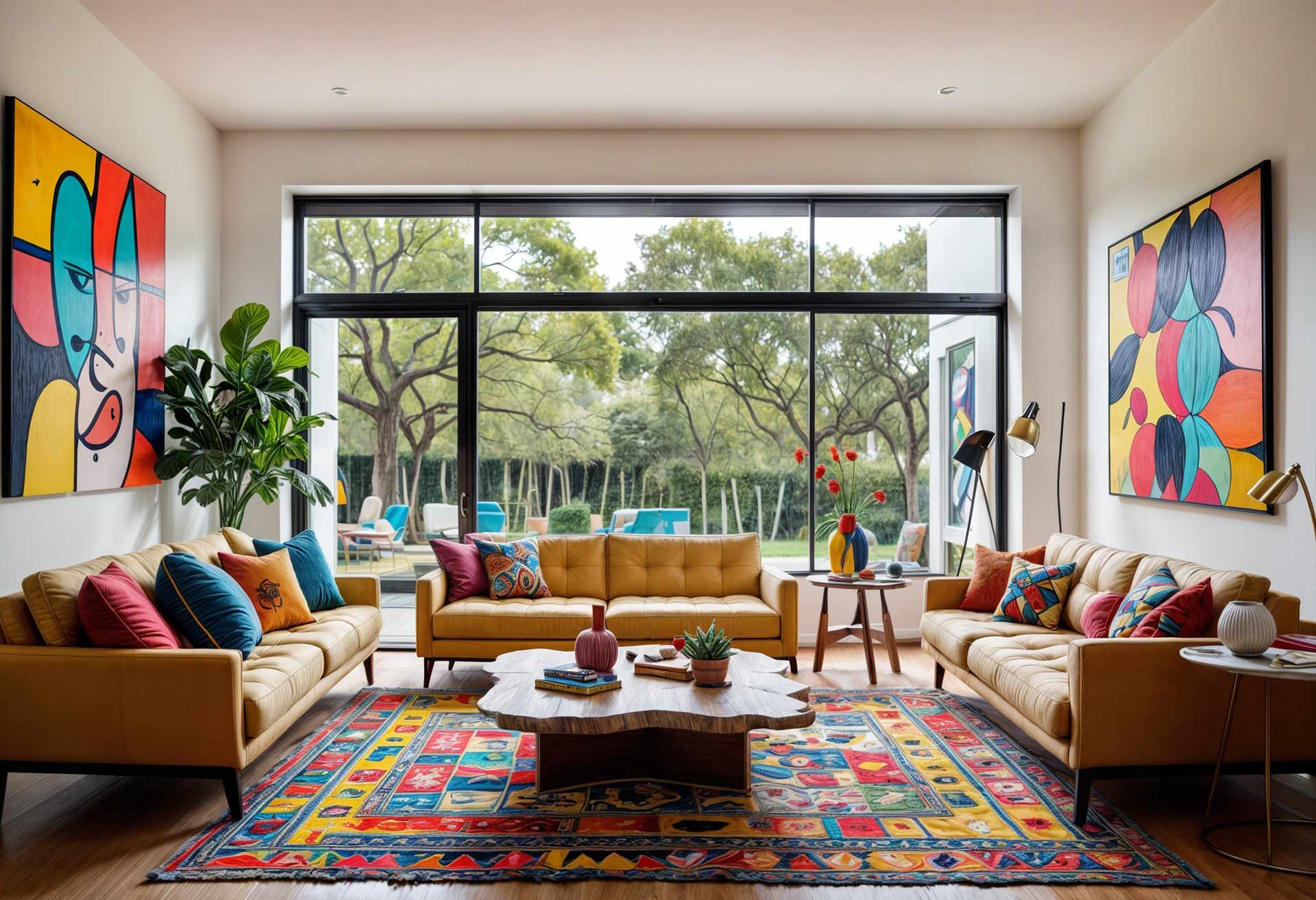The Rising Popularity of Micro-Units in the Urban Real Estate Landscape
The real estate landscape is a constantly evolving entity, reflecting the changing preferences and needs of buyers and investors alike. One such change that has been gaining momentum, especially in urban areas, is the rise in popularity of micro-units. These small, compact living spaces offer a unique solution to the housing challenges faced by many urban dwellers. This article will delve into the background of micro-units, current market trends, the advantages and challenges they present, and their potential impact on real estate investment.

An Introduction to Micro-Units: A Brief Background
Micro-units, also known as micro-apartments or micro-flats, are compact living spaces designed to maximize every square foot. They usually range from 200 to 400 square feet and are equipped with essential amenities. These units originated in dense urban areas like Tokyo and Paris, where space is a premium. Over time, their popularity has expanded to numerous cities worldwide, especially those grappling with housing shortages and high real estate prices.
The Rise of Micro-Units: Current Market Trends
The demand for micro-units has surged in recent years, especially among millennials and Gen Z. Factors contributing to this trend include the growing number of single-person households, high real estate prices in urban areas, and the desire for a minimalist lifestyle. Market data reveals that micro-units often command higher per-square-foot rents than larger apartments in the same location, making them a potentially lucrative investment.
Advantages and Challenges: A Balanced Perspective
Micro-units offer multiple advantages. They’re often located in prime urban areas, providing easy access to amenities and public transportation. Their compact size means lower utility costs and less maintenance effort, making them appealing to busy professionals and minimalists.
However, micro-units are not without challenges. Critics argue that they may not be suitable for families or those requiring more living space. The small size can also raise concerns about quality of life and mental health.
The Impact on Real Estate: Buyers, Sellers, and Investors
For buyers, micro-units offer an affordable entry point into the property market, especially in cities where real estate prices are high. For sellers and developers, these units can yield high returns due to their premium pricing and the ability to fit more units per square foot. For investors, micro-units present an opportunity to diversify their portfolio and capitalize on the growing demand for compact, efficient living spaces.
The Future of Micro-Units: A Forward-Looking Analysis
While micro-units are currently popular, it’s essential to consider their long-term viability. Factors such as changing demographic trends, regulations, and the impact of remote work will play a role in shaping their future. However, as cities continue to grapple with housing shortages and high property prices, it’s likely that micro-units will remain a significant feature in the urban real estate landscape.
In summary, the rise of micro-units represents a significant shift in the real estate market. Despite their challenges, they offer unique advantages that make them an attractive option for buyers, sellers, and investors. As the urban landscape continues to evolve, it’s clear that these compact living spaces have carved a niche for themselves in the real estate market.




